
What is it?
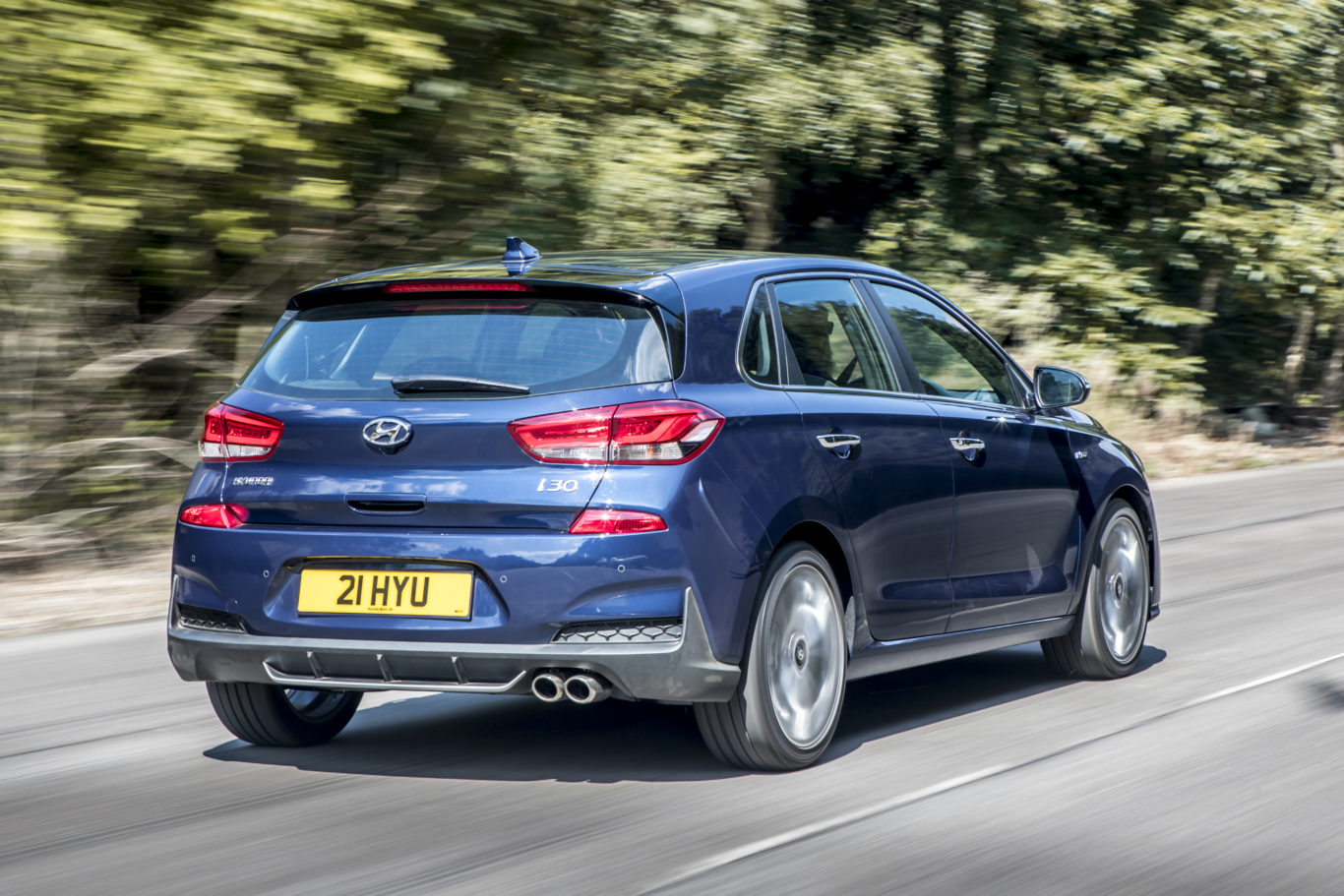
Take a passing glance at the Hyundai i30 N-Line and you might think you’re looking at the hardcore i30 N hot hatchback. Indeed, that was Hyundai’s intention – the N-Line, as is the case with most cars with ‘Line’ in their trim level, is meant to give some of the glamour of a full-fat hot hatch but without the associated running costs.
It’s pitched against a whole host of rivals with Line in their name – Ford’s Focus ST-Line, the VW Golf R-Line, the Kia Ceed GT-Line, the Peugeot 308 GT-Line… we could go on. But will some of the N’s glamour rub off on its lowlier sibling?
What’s new?
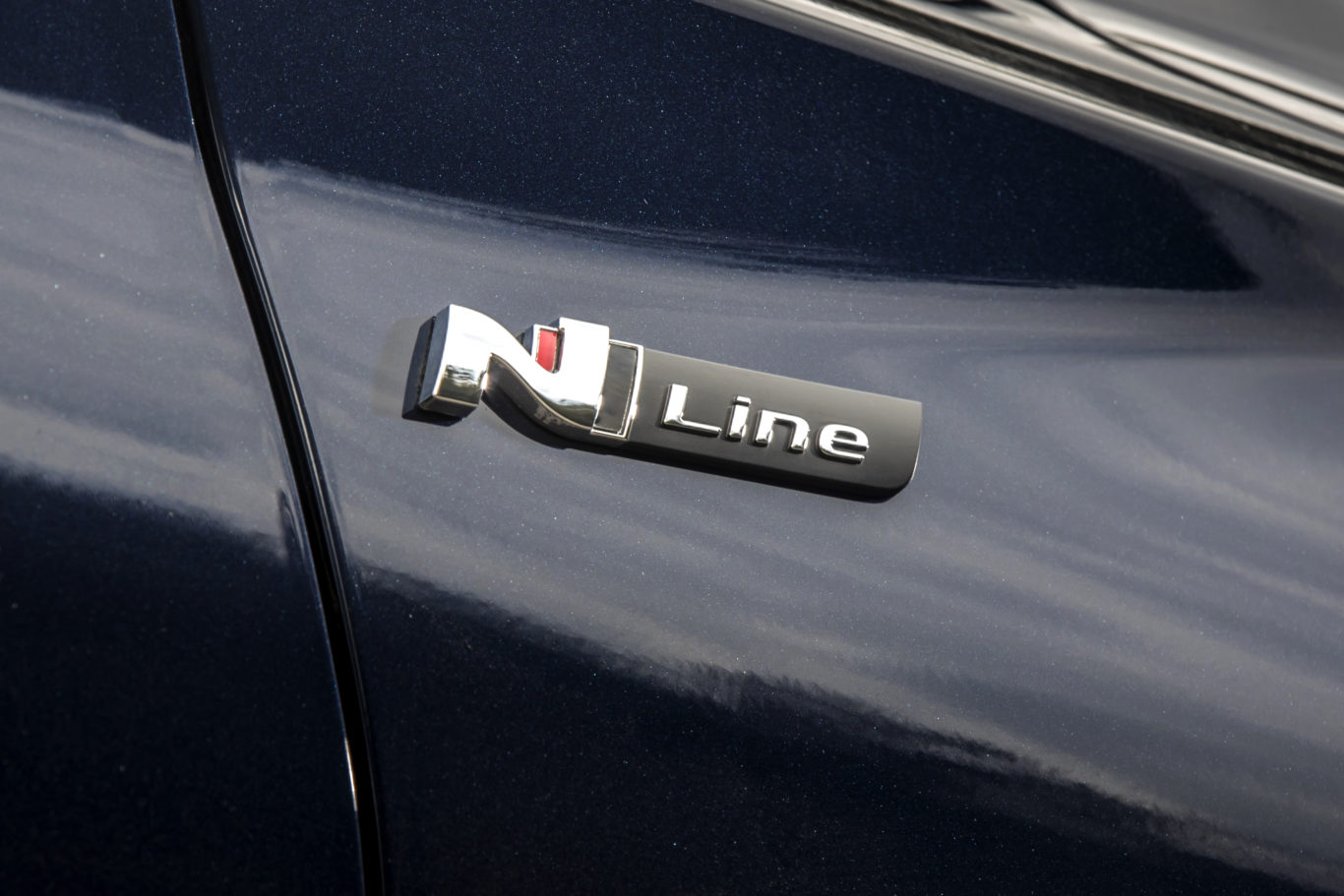
The N-Line is actually a lot more than just a styling exercise – though there’s plenty of that too. N-aping front and rear bumpers are fitted, and the N-Line rides on a set of attractive 18-inch alloy wheels shod in high-end Michelin Pilot Sport 4 tyres.
The suspension and brakes have also been tweaked in a bid to make the i30 N-Line a little firmer and more dynamic in the bends.
What’s under the bonnet?
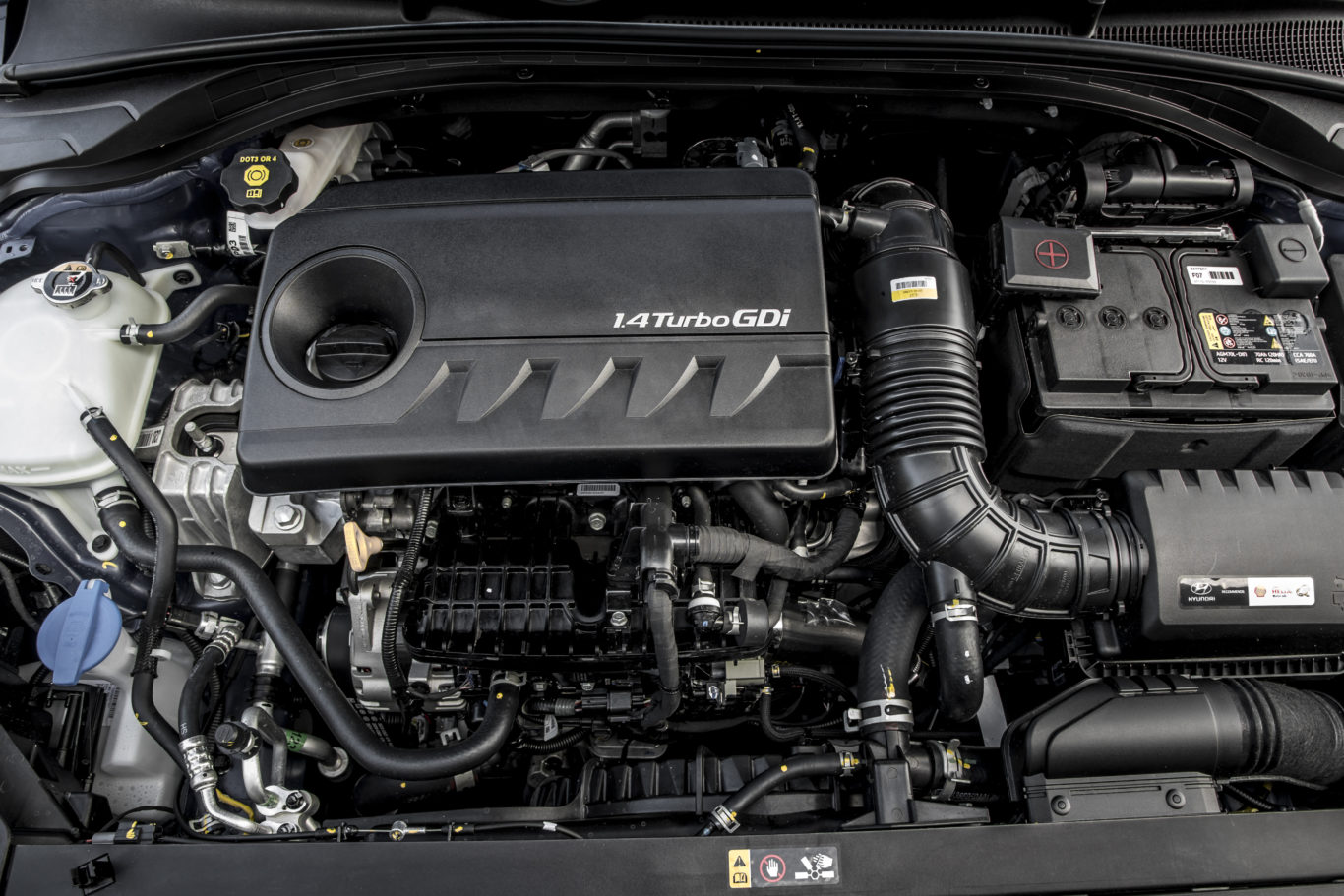
Standard N-Line can be had with either a 1.0-litre, 118bhp three-cylinder engine or a 1.4-litre 138bhp unit, but N-Line+, as we have here, only comes with the latter. It’s paired to front-wheel drive and either six-speed manual or seven-speed dual-clutch transmissions.
A far cry from the full-fat N’s 247bhp 2.0-litre, then, but there’s still decent performance on offer here. 0-60mph takes under nine seconds, and the engine offers enough mid-range punch to make overtaking easy. It’s a very smooth engine too, especially when paired to the slick seven-speed dual-clutch automatic. Fuel economy, at around 40mpg on a run, isn’t the greatest though – and you can’t have the N-Line paired to a diesel engine, as many competitors offer.
What’s it like to drive?

The tightened and firmed-up suspension of the N-Line actually makes a fair bit of difference to the way this car drives. The standard i30 isn’t awful to drive, but it’s nothing memorable – however, the chassis tweaks here help it to feel nice and darty in the corners.
The firmer ride doesn’t completely eliminate body roll, but given that it’s still rather comfortable that’s a trade-off we’ll take. Body control is generally progressive – there’s still not a great deal to excite, but the N-Line is uncompromisingly safe and secure – with fabulous grip on dry roads thanks to those Michelin tyres.
How does it look?
Spice up your driveway with the new Hyundai i30 N-Line 🌶️🌶️🌶️ #HyundaiNLine pic.twitter.com/LmyzyFOhc9
— Hyundai News (@HyundaiEurope) July 19, 2018
The standard i30 isn’t a bad-looking car, per se – it’s just rather bland. The N-Line tweaks go a long way towards addressing this – bringing more aggressive bumpers front and rear and those really smart 18-inch alloy wheels.
There’s also a natty twin exhaust, N-Line badging and, thankfully, a choice of the full colour palette available on standard i30s – so you don’t have to settle for boring monochrome shades unless you want to.
What’s it like inside?

Hyundai’s been kind enough to fit the N-Line with a pair of gorgeous front sports seats. Adjustable, figure-hugging and very comfortable, they’re a real highlight of the interior – though there’s plenty more to like.
The brand’s trademark straightforward layout means all the controls are easy to use, and there’s a supremely intuitive touchscreen infotainment display.
What’s the spec like?
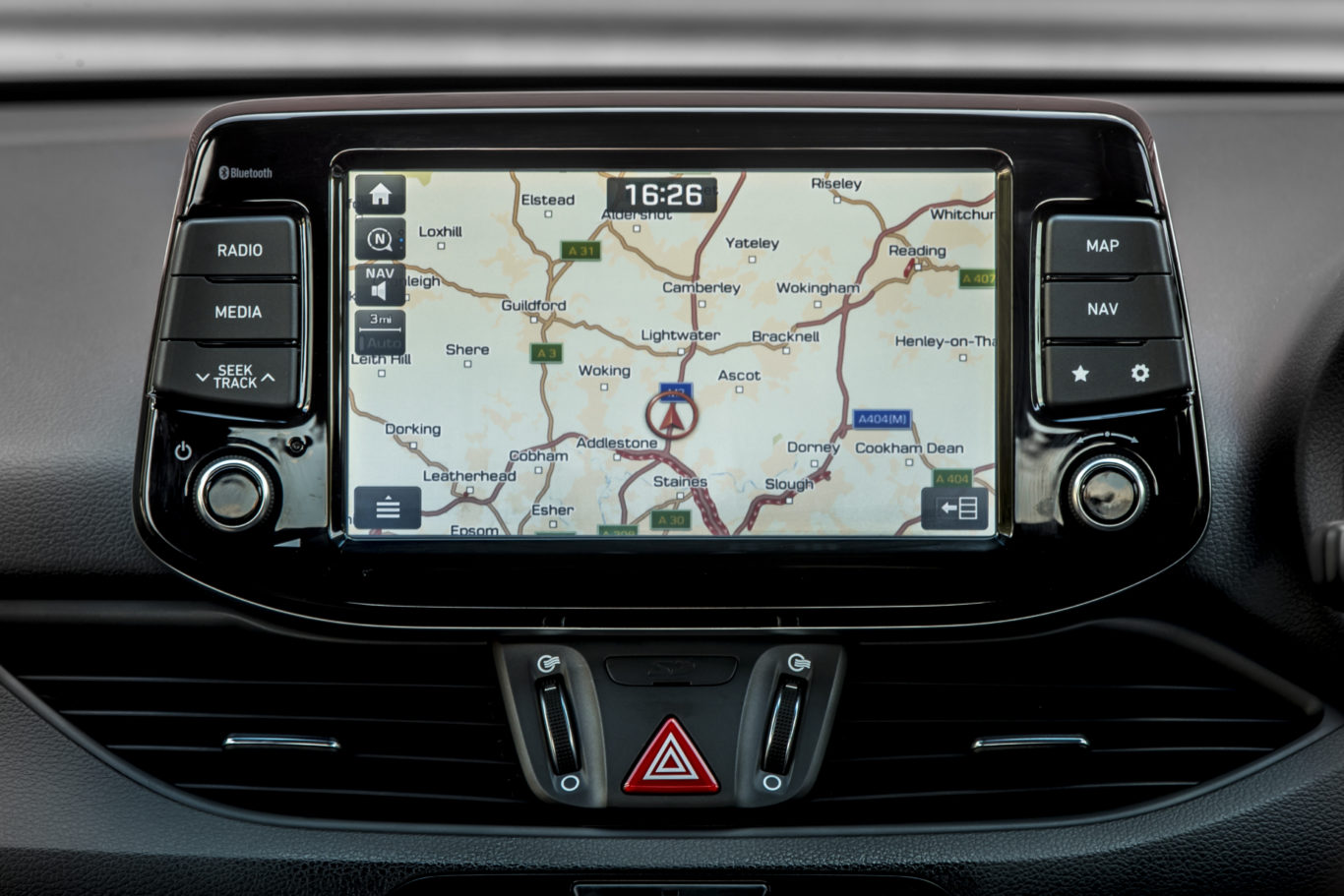
There’s a decent level of equipment included on the N-Line+ model. Those front sports seats and N-specific interior detailing, including the steering wheel and gear shifter are all standard fit, as are full LED headlamps and heating and electrical adjustment for the front seats. There’s also climate control and cruise control.
Autonomous emergency braking and lane-keep assist also feature, as does an eight-inch touchscreen infotainment with both Apple CarPlay and Android Auto compatibility. Good news.
Verdict
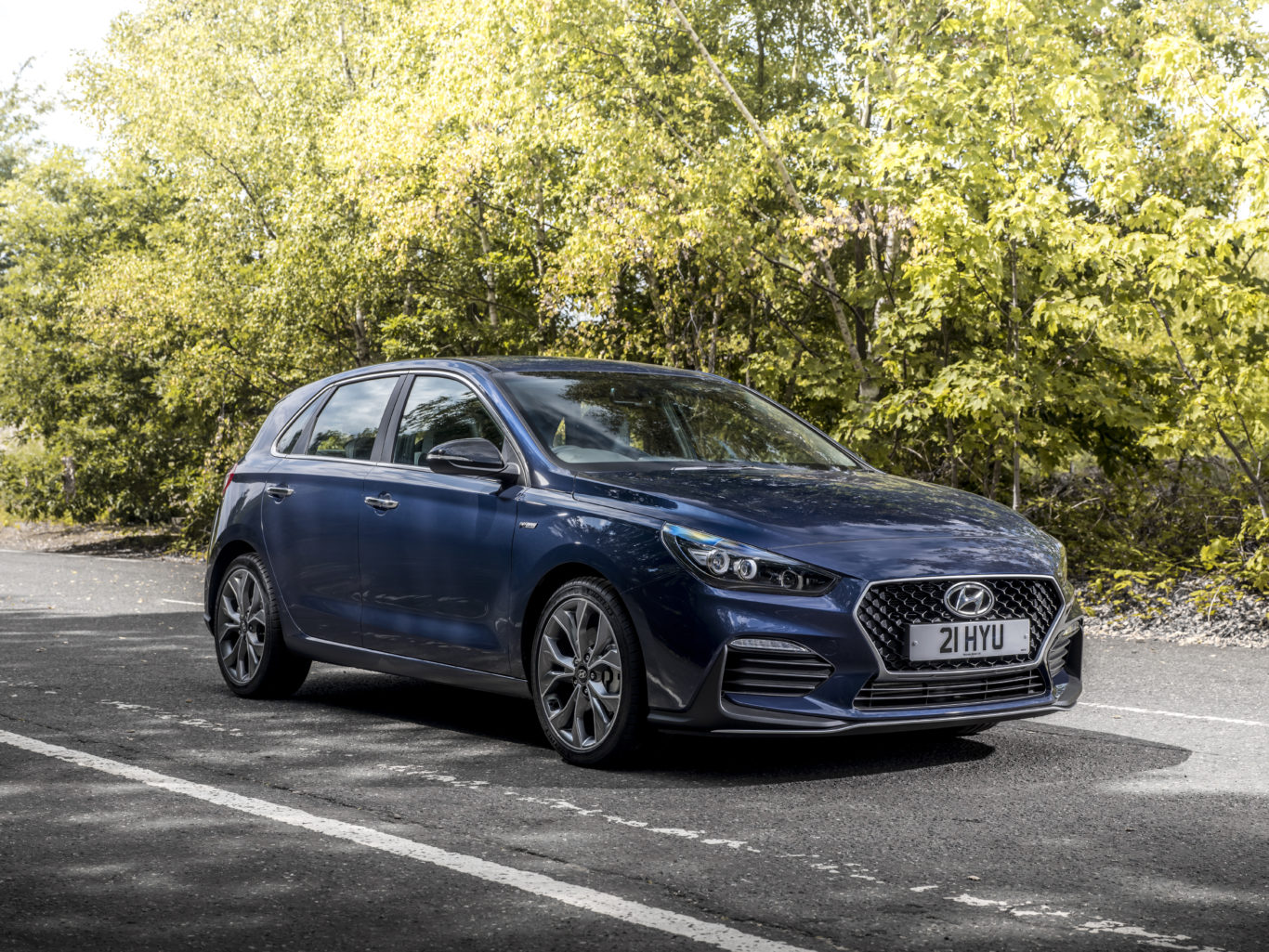
Hyundai’s i30 N-Line is decent to drive, decent to look at and offers a decent level of kit for the money. Its problems lie in its talented rivals – the Ford Focus ST-Line and Volkswagen Golf R-Line are both handsome vehicles that actually offer more flexibility in engine and specification terms than the Hyundai. There’s also the matter of price – the i30 N-Line isn’t much cheaper than the full-fat N, but offers significantly less performance.

Enjoy the convenience of having The Sunday Post delivered as a digital ePaper straight to your smartphone, tablet or computer.
Subscribe for only £5.49 a month and enjoy all the benefits of the printed paper as a digital replica.
Subscribe